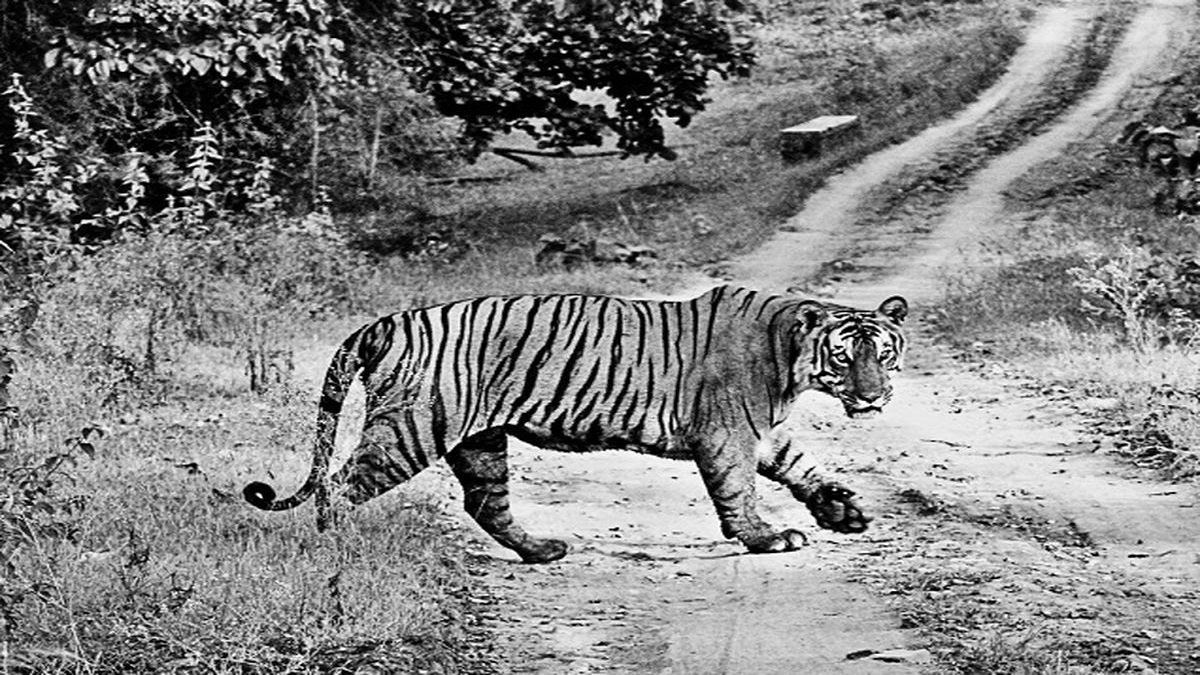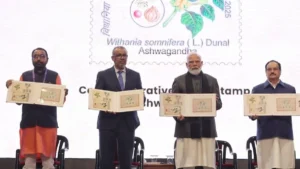The Soliga tribal community has emerged as a key force behind the growing tiger population in Karnataka’s Biligirirangana Hills (BRT) Tiger Reserve. Their deep connection with the forest, traditional conservation methods, and recognition of their forest rights have contributed significantly to wildlife protection in the region. On February 23, 2025, Prime Minister Narendra Modi acknowledged their efforts in the 119th episode of ‘Mann Ki Baat’, highlighting how the Soligas and tigers coexist with minimal human-animal conflict. The recognition has brought national attention to the importance of involving indigenous communities in conservation efforts.
How Did the Soliga Tribe Gain Recognition for Forest Rights?
The Soligas, a tribal group of around 40,000 people, mainly inhabit the Chamarajanagar district’s BR Hills region. Historically, conservation policies restricted their traditional way of life, but in 2011, they became the first tribal community in India to gain forest land rights within a tiger reserve. This landmark decision allowed them to continue their age-old sustainable practices, including harvesting non-timber forest produce (NTFP), maintaining biodiversity, and protecting wildlife. Their symbiotic relationship with the forest ecosystem proved beneficial for both the environment and conservation efforts.
How Has the Tiger Population Increased in BRT Tiger Reserve?
The recognition of Soliga forest rights has had a significant impact on tiger conservation. According to BRT Tiger Reserve Director BS Shripati, the tiger population has increased from just 8-10 tigers a few years ago to around 50 today. This growth is attributed to the Soligas’ traditional knowledge of the forest, which helps in preventing poaching, reducing human-wildlife conflict, and maintaining habitat balance. Their constant presence in the forest acts as a natural safeguard, ensuring that illegal activities like deforestation and wildlife trafficking do not occur.
Can the Soliga Model Be Replicated in Other Reserves?
The success of the Soligas in BRT Tiger Reserve challenges conventional conservation models, which often displace indigenous communities in the name of wildlife protection. The tribe’s deep knowledge of forest ecology has been instrumental in monitoring wildlife, protecting biodiversity, and maintaining a harmonious relationship with nature. This proves that involving indigenous communities in conservation can be an effective, sustainable approach. Experts suggest that similar models could be applied in other protected areas across India, where tribal communities can contribute to conservation while maintaining their cultural heritage.
Key Highlights of Soliga Tribe’s Role in Tiger Conservation
| Aspect | Details |
|---|---|
| Why in News? | PM Narendra Modi praised the Soliga tribe in the 119th episode of ‘Mann Ki Baat’ on February 23, 2025, for their role in tiger conservation at BRT Tiger Reserve. |
| Location | Biligirirangana Hills (BRT) Tiger Reserve, Chamarajanagar district, Karnataka. |
| Tribe Population | Around 40,000 people in Karnataka. |
| Forest Rights | In 2011, the Soligas became the first tribe in India to secure forest land rights within a tiger reserve. |
| Impact on Tigers | The tiger population increased from 8-10 tigers a few years ago to around 50 tigers today. |
| Conservation Role | The Soligas’ traditional knowledge helps in wildlife monitoring, preventing poaching, and preserving biodiversity. |
| Significance | Their model proves that indigenous communities can coexist with wildlife, offering a sustainable approach to conservation. |



 Prime Minister Releases Commemorative Po...
Prime Minister Releases Commemorative Po...
 Parliament Passes SHANTI Bill, AERB Gets...
Parliament Passes SHANTI Bill, AERB Gets...
 Viksit Bharat G RAM G Bill Passed in Lo...
Viksit Bharat G RAM G Bill Passed in Lo...







